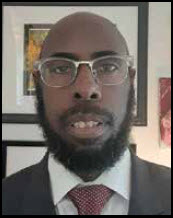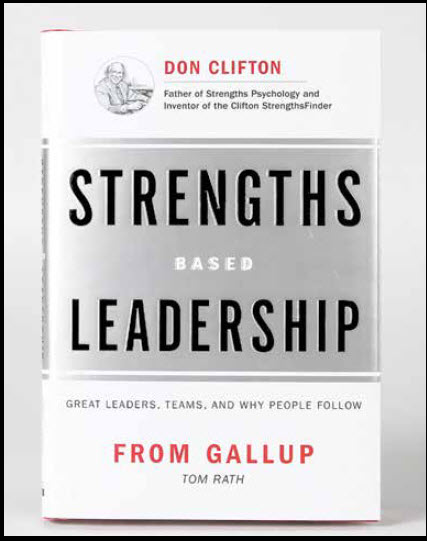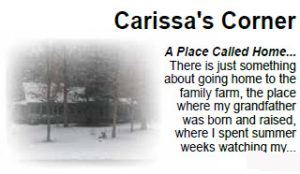 By: Eric Betts
By: Eric Betts
In these changing times, when leaders are re-evaluating their strategies and goals, one important aspect to consider is how to calibrate one’s team to maximize growth. In other words, this means evaluating each team member to ensure that each person has been placed in the best position which will take the organization to the next level. Oftentimes, this is difficult, because change creates uncertainty and discomfort. However, change and discomfort are a part of both growth and development of both the team members and the organization. Therefore, most leaders avoid change and consequently fail at maximizing the potential of the organization. It is better to make the correct decisions in recruitment placement of potential, than to “upset the apple cart” years down the road.
When recruiting and assigning team members there is one common mistake that leaders make that with careful consideration they might avoid.
Tom Rath and Barry Conchie co-authored a book entitled “Strengths Based Leadership.” Tom Rath holds a B.A. in Psychology from the University of Michigan, and a M.S. in Psychology from the University of Pennsylvania. He serves at Gallup, Inc., where he participates as senior scientist, consultant and advisor. Barry Conchie is Founder and President of Conchie Associates LLC and has more than 30 years of experience in the areas of psychometric assessment, executive coaching, top-level succession planning, individual and team optimization. Their research is studied by executives and organizations around the world. In their book “Strengths Based Leadership,” they advise their readers on how to become great leaders, build teams, and convince people to follow. In their consulting business, they warn leaders about two common mistakes that are made when organizing teams. The one mistake involves recruiting people who are carbon copies of themselves.
When leaders recruit for strength, they all too often pick people who act, think, or behave like themselves, albeit unintentionally in most cases. It’s an age-old dilemma. How is a company supposed to grow, adapt, and change if a domineering CEO continues to pick people who agree with him and who have a similar background and personality?
This mistake is made because leaders subconsciously and intuitively recruit team members they are most comfortable with. This is likely because leaders fail to recognize the value of strengths versus competency. If they like the person they recruit and the person is also competent, then leaders mistakenly assume that this is a win-win situation. Additionally, so many wrongly assume that competency equals strength. Just because a person can do something, doesn’t mean they should be doing it. Competency only means ability and effectiveness. It is possible that one can be competent in an area that is not necessarily a strength. A strength, according to Rath and Conchie, involves the inner make-up of a person. It includes what he or she is passionate about, what they would enjoy doing, and what energizes them within the organization. Gallup has found that most team-members are out of place within an organization because too much emphasis is given to competency and not enough on strengths. Rath and Conchie explains how this happens:
Effective leaders surround themselves with the right people and build on each person’s strengths. Yet in most cases, leadership teams are a product of circumstance more than design. Among the executive teams we have studied, team members were selected or promoted based primarily on knowledge and competence. So, the best salesperson becomes the chief sales manager, even if he is not a great people manager. The smartest person in IT winds up as the CIO. The top financial expert gets promoted to CFO, and so on.
Knowledge, competency and likeability are not enough. Correctly synthesizing the strengths and weaknesses within a team means everything. Matching the persons inner make-up and passion with the correct assignment is the clue to next-level growth. The inner make-up of the individual talent should be evaluated. Inner make-up may include traits such as the analytical, futuristic, strategic or learner types. They may also include traits such as maximizer, communication or competition. A person with the traits such as positivity, adaptability and harmonizing have a special place in the organization that cannot be underestimated. Competency is important, but if it the task is draining to the competent individual, they tend to hit a lower ceiling. However, when it is the right person with a particular quirk or trait, combined with energy and passion, the sky is the limit.
So, rather than recruiting individuals who are carbon copies of oneself, study various personality traits, especially those that complementary. Look for vision. Seek out where the energy lies. When this is done, the team will not be cookie cutter of personalities and competencies, but more like an orchestra or a band with different instruments creating a most beautiful sound.
By: Eric Betts
Assistant Director, Curtis Coleman Center for Religious Studies and Ethics at Athens State University






